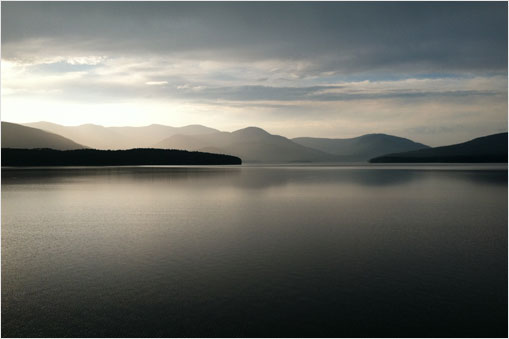 September 25, 2013 CONTACT: Chris Gilbride (718) 595-6600 Statement from Commissioner Carter Strickland on Department of Environmental Conservation Proposed Modifications to Consent Order Regarding Releases from Ashokan Reservoir and Future Dredging at Kensico Reservoir“The details released today by the state Department of Environmental Conservation (DEC) of proposed modifications to the draft consent order are an important step for the City and our neighbors along the Lower Esopus Creek. The proposed modifications include a number of important projects that will help everyone understand and balance the operation of Ashokan Reservoir and issues related to the Lower Esopus Creek that include water quality, flood protection, the health of the fishery, and recreation. “In accordance with the proposed modifications DEP will pursue two new projects in the Upper Esopus Creek to improve water quality coming into Ashokan Reservoir. We look forward to partnering with the Ulster County Soil and Water Conservation District and the Cornell Cooperative Extension of Ulster County, who have helped us complete similar projects since the 1990s. DEP will also fund $2 million for projects to improve the banks and flow of the Lower Esopus Creek, in addition to $200,000 to develop a stream management plan for the creek. “To gather a body of science and understand these issues better, the state will oversee a comprehensive study of the Lower Esopus Creek. The study aims to understand how different flow rates from Ashokan Reservoir affect the creek and its floodplains, identify sources of turbidity, measure the health of the fishery, and more. This work will be incorporated into an Environmental Impact Statement that will be subject to extensive public review and input. Importantly, DEP will provide $80,000 to the Ashokan Release Working Group (ARWG) – which includes local government officials, community residents, and nonprofit groups – to hire a technical consultant to help them be active and informed participants in that study. The contents and goals of the study will ultimately be determined by DEC following a public scoping session. “The importance of this analysis cannot be underscored enough. The study will gather a considerable amount of scientific data about the Lower Esopus Creek for the first time. That data will be used by DEP, DEC, and the downstream communities to make informed decisions together about potential changes to the release protocol for Ashokan Reservoir, which has been in place since 2011. “The proposed modifications also acknowledge that it is prudent to postpone dredging of Kensico Reservoir. Under a state permit, DEP is required to dredge to remove remnants of the water treatment settling agent alum, which has been used over the years to help control turbidity in the water entering the distribution system. However, dredging the reservoir sooner would likely have meant that a second round of dredging would be required upon completion of the important bypass-tunnel project on the Delaware Aqueduct, which has recently started and will finish sometime in 2022. “As we look toward beginning projects outlined in the consent order, the City also wants to redouble its commitment to keep communities along the Lower Esopus Creek informed about operations at Ashokan Reservoir and other topics of interest. DEP posts water quality, reservoir release, and reservoir storage data on its website so that the public can track trends on their own, not only during the extreme weather events of 2011, but also during regular operations. In addition, our staff has met regularly with the ARWG over the past two years. We have gathered valuable feedback from these meetings, and local officials have even helped DEP obtain land owner permissions needed for the upcoming study. We are confident this spirit of cooperation will continue and grow.” As with any settlement of a claim, the draft consent order is subject to the approval of the New York City Comptroller. DEP manages New York City’s water supply, providing more than one billion gallons of water each day to more than 9 million residents, including 8.3 million in New York City, and residents of Ulster, Orange, Putnam, and Westchester counties. This water comes from the Catskill, Delaware, and Croton watersheds that extend more than 125 miles from the City, and the system comprises 19 reservoirs, three controlled lakes, and numerous tunnels and aqueducts. DEP has nearly 6,000 employees, including almost 1,000 scientists, engineers, surveyors, watershed maintainers and others professionals in the upstate watershed. In addition to its $68 million payroll and $157 million in annual taxes paid in upstate counties, DEP has invested more than $1.5 billion in watershed protection programs—including partnership organizations such as the Catskill Watershed Corporation and the Watershed Agricultural Council—that support sustainable farming practices, environmentally sensitive economic development, and local economic opportunity. In addition, DEP has a robust capital program with over $14 billion in investments planned over the next 10 years that will create up to 3,000 construction-related jobs per year. For more information, visit nyc.gov/dep, like us on Facebook at facebook.com/nycwater, or follow us on Twitter at twitter.com/nycwater. | ||